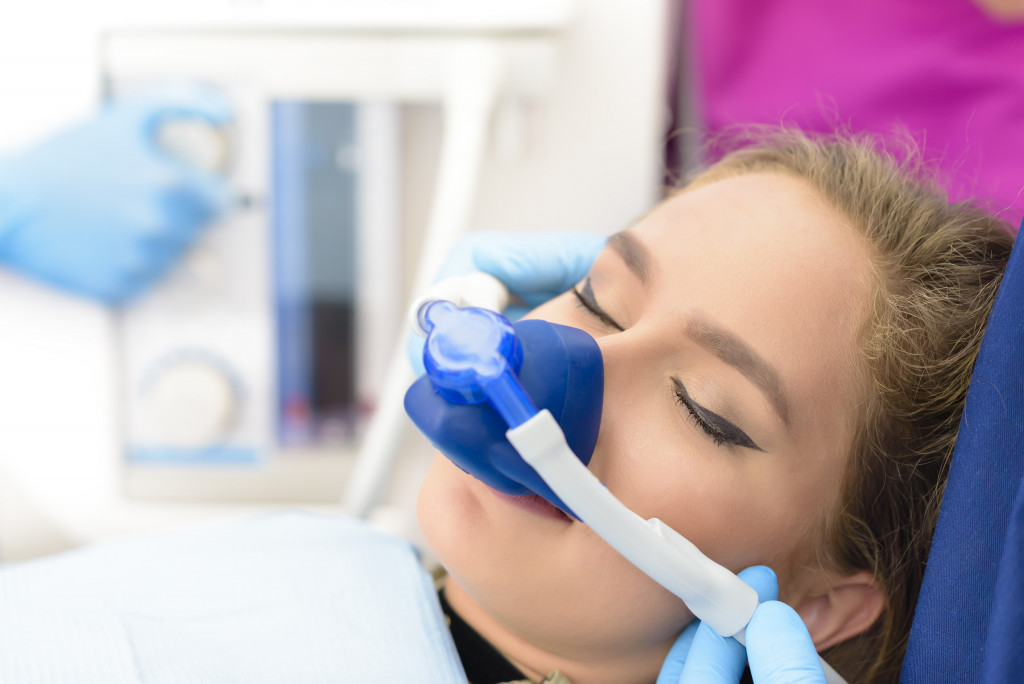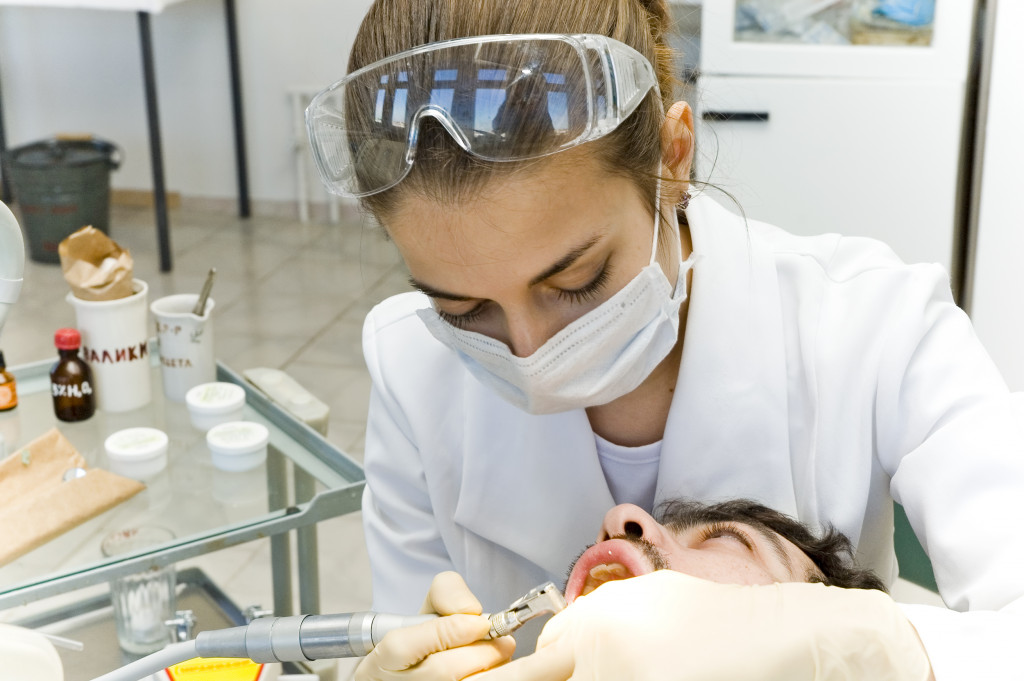The dental industry is growing and evolving each day. Alongside these is the way dentists do their jobs and treatments. Dentists have long been known for their invasive procedures. While these procedures are often necessary, they can also be uncomfortable for clients.
Some examples of these invasive procedures include teeth cleaning, fillings, root canals, and extractions. Thankfully, the dental industry has developed some ways to make these procedures more comfortable for patients. Here are five of them.
Local Anesthesia
The use of anesthesia in dentistry can be traced back to the early 1800s. At that time, dentists used various methods to anesthetize their patients. These methods included using opium, nitrous oxide, and ether. Unfortunately, none of these were particularly safe.
- Ether was the first anesthetic to be used in dentistry. It was introduced in 1846 by William Morton. However, he did not widely use it until the late 1800s. This was because it was pretty dangerous.
- Nitrous oxide was first used in dentistry in 1844 by Horace Wells. However, it did not become popular until the late 1800s and early 1900s but was later stopped because it didn’t work as intended.
- Opium was first used as an anesthetic in dentistry in 1805 by Friedrich Sertürner. However, dentists stopped using it because it could cause dizziness, nausea, and vomiting.
In 1884, a surgeon named August Bier developed a technique for local anesthesia using cocaine and water. This technique became known as spinal anesthesia. In 1895, he developed a method for local anesthesia using lidocaine and water since cocaine became an illegal drug. This technique is still used today and is known as infiltration anesthesia.
Dentists use contemporary local anesthetics such as lidocaine, bupivacaine, and fentanyl. These anesthetics are safe and effective. They work by numbing the nerves in the area where the procedure will be taking place. It ensures that the patient will not feel any pain during the process. Making invasive procedures more comfortable.

Sedation Dentistry
Sedation dentistry is another way that dentists are making invasive procedures more comfortable for patients. Sedation dentistry uses medication to help patients relax during dental procedures. Four different types of sedation can be used:
- Minimal sedation – The patient is awake but relaxed.
- Moderate sedation – The patient is awake but may not remember the procedure.
- Deep sedation – The patient is on the verge of consciousness, but they can be woken up if necessary.
- General anesthesia – The patient is asleep and cannot be awakened.
The type of sedation used will depend on the procedure and the patient’s preference. Sedation dentistry is safe and effective. It can help ease a patient’s anxiety and make the procedure more comfortable.
Use of Lasers
Lasers have been around for quite some time now. However, they were first used in dentistry in the late 1990s. Dentists now use lasers for various dental procedures such as teeth whitening, gum surgery, and cavity preparation.
Lasers can be used instead of drills for some procedures. It can be helpful for patients who have a fear of drills. They are also used to help with pain control during some procedures.
Overall, lasers make invasive procedures more comfortable for patients by reducing the amount of noise, vibration, and heat produced during the operation.
Virtual Reality
Virtual reality (VR) is a new technology used in dentistry. Dentists can use it to help patients relax during dental procedures.
VR headsets are placed on the patient’s head. They then enter a virtual world where they can choose to watch TV, listen to music, or relax in a peaceful environment. It can help to make the patient’s mind off of the procedure and make it more comfortable.
VR is effective in reducing anxiety and pain during dental procedures. In addition, it is a safe and non-invasive way to make invasive procedures more comfortable for patients.
Non-invasive Dental Procedures
Lastly, there’s the existence of minimally and non-invasive dental procedures. A good example is getting dental veneers instead of an invasive whitening procedure. Veneers only require the dentist to remove a small amount of tooth enamel. It’s much less invasive than having your teeth whitened, which requires the dentist to remove a significant amount of tooth enamel.
Other non-invasive dental procedures include fillings, endodontic therapy, and dentures. They don’t require surgery and are great alternatives to invasive dental procedures. Non-invasive dental procedures are becoming increasingly popular as they are less painful and more comfortable for patients.
As you can see, there are many ways that dentists are making invasive procedures more comfortable for patients. If you are scheduled for an invasive procedure, be sure to ask your dentist what options are available to make the process more comfortable.

